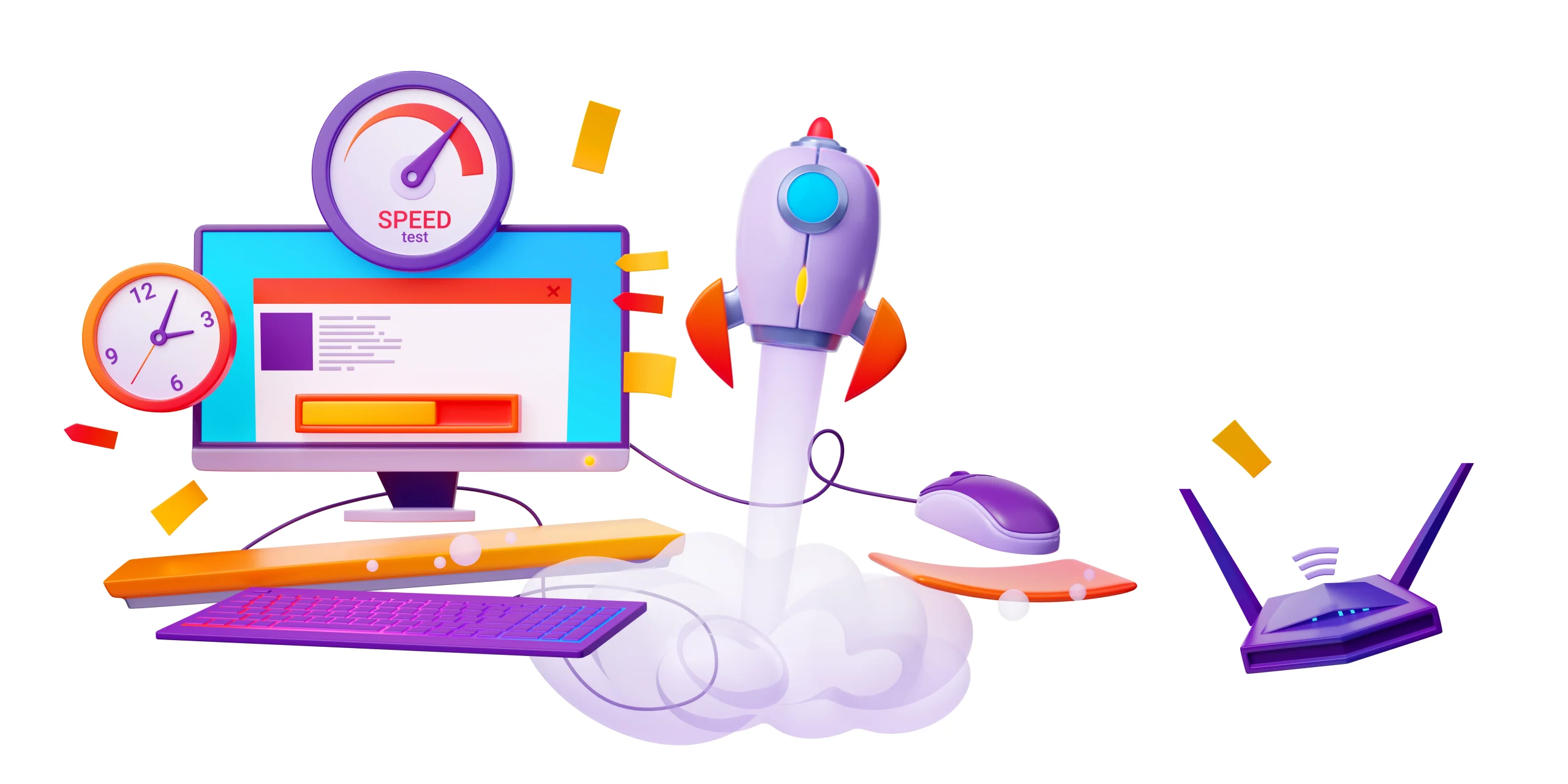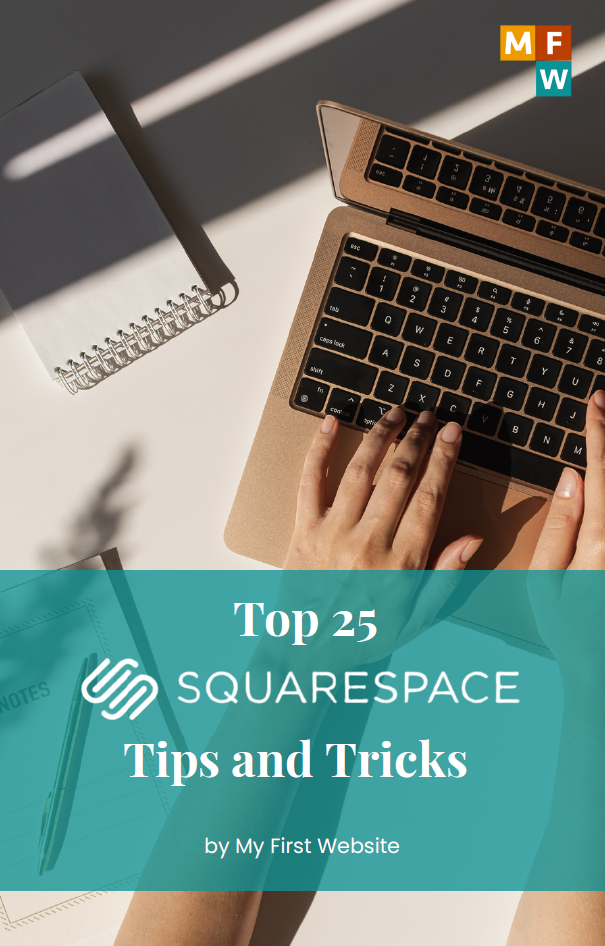When someone visits your website, the time it takes for the first piece of your site to show up is crucial. This is called Time to First Byte (TTFB). It’s like the digital version of waiting for a page to turn. If it’s too slow, people might close the book before starting. How do you make this quicker in WordPress? Let’s get into a straightforward guide without any complicated tech talk.
Step 1: Keep Your WordPress Updated
Keeping your website up-to-date with the latest plugins and themes is essential. Using outdated plugins and themes can prevent your website from slowing down. This will impact the user experience and drive potential visitors away from your website. Therefore, it’s essential to regularly update your website to ensure it’s running smoothly and providing the best experience for your users.
How to Do It:
- Go to your WordPress dashboard.
- Click on “Updates.”
- Update everything that’s asking for it, especially plugins and themes.
Step 2: Update Your PHP
PHP is a programming language powered by WordPress that is used to build websites. It runs on the server and is responsible for the site’s performance. The version of PHP that your site uses has a significant impact on how well it performs. If you’re using an outdated version of PHP, it can slow down your site, reduce its security, and create issues with the latest WordPress updates. Updating your PHP version regularly is crucial to keep your site running smoothly and securely.
How to Do It:
- Log into your hosting account.
- Look for “PHP configuration” in your control panel.
- Select the latest PHP version and update.
Step 3: Use Caching
Websites use caching to make their pages load faster. Caching works by keeping a copy of the pages you visit. When someone else or you see the same page again, it loads from the cache instead of the server. Caching helps reduce the time it takes for pages to load, which makes browsing smoother and more efficient.
How to Do It:
- Install a caching plugin like WP Super Cache or WP Rocket.
- Activate it and go through the setup wizard. The default settings work great for most sites.
Step 4: Add a Content Delivery Network (CDN)
A CDN is like having a bunch of mini-stores worldwide instead of one big store. It brings your website closer to people, no matter where they are, making it load faster.
How to Do It:
- Choose a CDN provider (Cloudflare is a popular and free option).
- Sign up and follow their setup guide to integrate it with your WordPress site.
Step 5: Optimize Your WordPress Database
Over time, your site collects a lot of unnecessary stuff—like post revisions, spam comments, and more. This clutter can slow down your website. Cleaning up your database is like decluttering your house; it makes everything more efficient.
How to Do It:
- Use a plugin like WP-Optimize.
- Run the plugin to clean up your database regularly.
Step 6: Choose a Fast Hosting Provider
Your hosting provider is like the foundation of your house. If it’s weak, everything you build on top will have problems. A slow host means a slow start for your website, no matter what other optimizations you do.
How to Do It:
- Research and find hosting providers known for speed (SiteGround, WP Engine, and Kinsta are known for being fast).
- If your current host is slow, consider moving to a faster one.
Bonus Tips: Every Little Bit Helps
- Compress Your Images: Large images can slow down your site. Use a plugin like Smush to make them smaller without losing quality.
- Minimize HTTP Requests: Every piece of your site (like images and scripts) requests the server separately. Reduce these by combining files where possible or eliminating unnecessary ones.
- Keep an Eye on Your Plugins: A few plugins or heavy ones can bog down your site. Keep the ones you need and ensure they’re well-coded and updated.
Reducing your website’s TTFB isn’t just about one significant change; it’s about many small steps that add up. Every slight adjustment can make a difference in how fast you go.
Ready to Create Your Website?
If you’re inspired to start or upgrade your website, we’re here to help. Check out our website for more deals and a Free Website Setup to get you rolling. Plus, if you’re considering premium web hosting, we’ve got an incredible offer for you.
Get a HUGE Deal using our coupon code ‘MYFIRSTWEBSITE’ for a 12-month Premium Web Hosting Plan with Hostinger. This deal makes starting your website more affordable and ensures you have the reliable, fast hosting needed to keep your site running smoothly.







